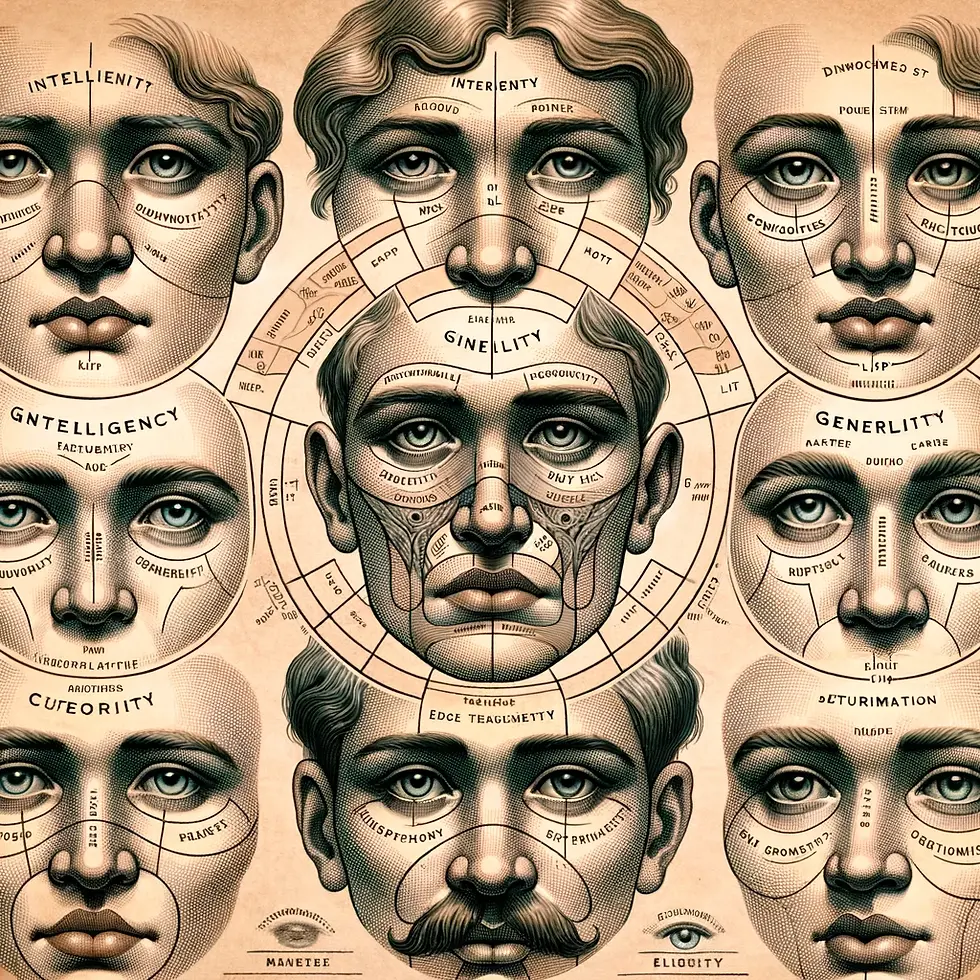Enhance Executive Leadership Skills Through Face Reading
- PLUKagency .

- May 12, 2024
- 2 min read
In the realm of executive leadership development, there is a lesser-known yet powerful tool that can significantly enhance one's understanding of clients and their leadership styles. Face reading, also known as physiognomy, is an ancient practice that involves analyzing facial features to gain insights into a person's character, personality traits, and potential behavior patterns.

Imagine being able to look at a client's photograph and extract valuable information about their leadership approach, communication style, and decision-making process. This is exactly what a Face Reading Practitioner offers in their unique service. Through live remote meetings or referral sessions, executives can leverage the expertise of the practitioner to gain a deeper understanding of their clients and tailor their leadership strategies accordingly. With over a decade of experience and a diverse portfolio of clients, the practitioner uses client-submitted photographs to conduct insightful thirty-minute sessions. During these sessions, clients have the opportunity to interact with the practitioner in real-time, allowing for a dynamic and personalized experience. By harnessing the power of face reading, executives can unlock a new level of understanding and empathy in their client interactions. They can uncover hidden strengths and potential challenges, enabling them to adapt their leadership approach for maximum impact. In a competitive business landscape where effective communication and relationship-building are paramount, this unique practice offers a valuable tool for executives looking to enhance their leadership skills. Incorporating face reading into executive leadership development can provide a fresh perspective and valuable insights that traditional methods may not uncover. By embracing this ancient practice in a modern context, executives can gain a competitive edge in understanding their clients and navigating complex business relationships with confidence and clarity.




Comments